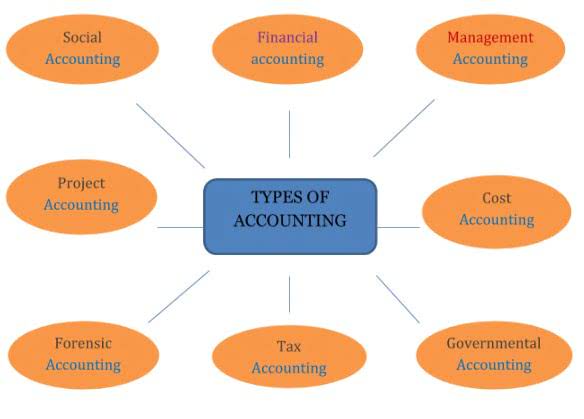Incremental Working Capital Formula + Calculator

You should not just grab these items from the balance sheet and calculate the difference. Thenon-cash working capital increased by $307 million from last year to this year.When forecasting the non-cash working capital needs for the Gap, we haveseveral choices. Visit today to learn more and enrol in our investment banking certification course. Take the first step towards unlocking the secrets of investment banking and financial modelling with Wizenius. When determining the terminal value, ensure that the projected working capital requirements are consistent with the company’s long-term growth assumptions.
AccountingTools
- The increment he is referring to is the increase in the current operating assets as mentioned above.
- He has been a manager and an auditor with Deloitte, a big 4 accountancy firm, and holds a degree from Loughborough University.
- Since we have defined net working capital, we can now explain the importance of understanding the changes in net working capital (NWC).
- He has been the CFO or controller of both small and medium sized companies and has run small businesses of his own.
- In other words, there are 63 days between when cash was invested in the process and when cash was returned to the company.
- This table offers a quick overview of the key terms related to net working capital, providing a foundational understanding for anyone new to these concepts.
Our business is built on supporting relationships between people and organizations, relationships that extend across frontiers of all kinds—geographical, financial, industrial, and more. We are constantly aware that our work has an unearned revenue impact on the communities we serve and that we have a duty to help and support others. At Allianz Trade, we are strongly committed to fairness for all without discrimination, among our own people and in our many relationships with those outside our business. Working capital represents operating liquidity, and is also commonly referred to as net working capital (NWC). The interpretation of either working capital or net working capital is nearly identical, as a positive (and higher) value implies the company is financially stable, all else being equal.

Confusing Working Capital with Cash Flow

Calculate the change in working capital based on current assets and liabilities. This easy exercise provides a snapshot of a company’s short-term liquidity situation. Given that the change in NWC measures the difference between current assets and liabilities over time, this metric helps you understand your company’s efficiency. For example, when current assets like accounts receivable increase, NWC usually rises. On the changes in net working capital other end of the spectrum, a rise in current liabilities (like accounts payable) results in a decrease.
Example of Working Capital and Cash Flow
Meanwhile, the company experiences rapid growth in production, requiring increased inventory levels and faster payments to suppliers, causing a surge in A/P. In this scenario, the company’s net working capital decreases, signaling potential cash flow constraints and liquidity challenges. Examples of changes in net working capital include scenarios where a company’s operating assets grow faster than its operating liabilities, leading to a positive change in net working capital. Create subtotals for total non-cash current assets and total non-debt current liabilities. Subtract the latter from the former to create a final total for net working capital. If the following will be valuable, create another line to calculate the increase or decrease of net working capital in the current period from the previous period.
- Tracking net working capital helps measure your company’s liquidity and influences cash flow, day-to-day operations, and your overall financial health.
- The cash flow from operating activities section aims to identify the cash impact of all assets and liabilities tied to operations, not solely current assets and liabilities.
- For instance, suppose a company’s accounts receivables (A/R) balance has increased YoY, while its accounts payable (A/P) balance has increased under the same time span.
- My problem was that I was looking at the numbers too much without seeing the entire picture of cash flow.
- Suppose we’re tasked with calculating the net working capital (NWC) of a company with the following balance sheet data.
- Asa specialty retailer, the Gap has substantial inventory and working capitalneeds.
We then close with advice on how to leverage positive net working capital. Managing net working capital effectively is crucial to the survival of your company—ensuring you can handle short-term debts and expenses without facing financial strain. When the net working capital is less in the current period than in the previous period, it has decreased. A change in your working capital has a direct Car Dealership Accounting effect on a business; the more dramatic the change, the bigger the impact on short-term financial health. Some people also choice to include the current portion of long-term debt in the liabilities section. This makes sense because although it stems from a long-term obligation, the current portion will have to be repaid in the current year.


Typical current assets that are included in the net working capital calculation are cash, accounts receivable, inventory, and short-term investments. The current liabilities section typically includes accounts payable, accrued expenses and taxes, customer deposits, and other trade debt. Yes, working capital can be zero if a company’s current assets match its current liabilities. While this doesn’t always indicate financial health, businesses should manage their working capital carefully to have adequate liquidity and meet short-term obligations. It represents the difference between current assets and current liabilities.

LEAVE A COMMENT